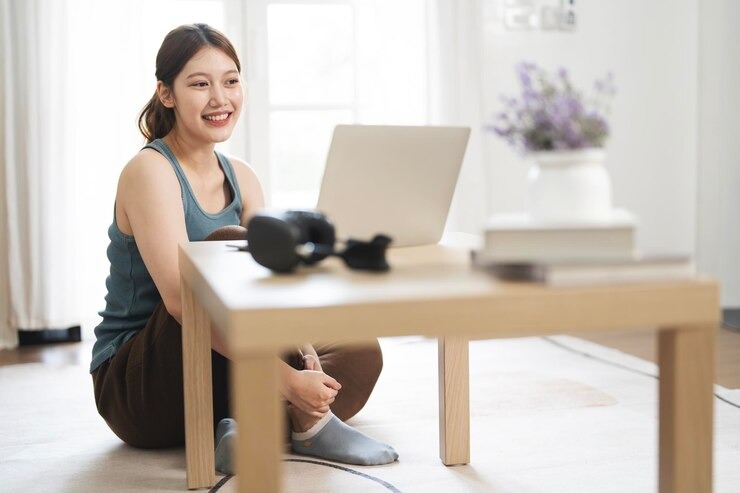How to Mix Prints Without Looking Messy
Mixing prints can elevate your style, but it can also lead to a chaotic look if not done thoughtfully. The key lies in understanding balance, contrast, and cohesion. Whether you’re pairing florals with stripes or animal prints with geometric designs, mastering the art of print mixing will help you create bold, stylish outfits without overwhelming the eye. In this guide, we’ll break down the principles to make print-mixing effortless and intentional.
Understanding Print Scale and Proportion
The foundation of successful print mixing lies in balancing different scales. Pairing prints of drastically different sizes—such as a large-scale floral with a tiny polka dot—creates visual harmony by preventing competition between patterns. For example, if you’re wearing a wide-striped top, balance it with a smaller, intricate print like petite houndstooth or a delicate paisley on your skirt or pants. This contrast ensures neither pattern dominates while keeping the look dynamic.
- Large prints – Best paired with smaller-scale patterns to avoid visual overload.
- Medium prints – Versatile enough to mix with both large and small designs.
- Tiny prints – Act as neutrals and can be layered with bolder choices.
Another trick is to keep prints within the same color family. Prints with overlapping hues tie the look together, making mixed patterns feel deliberate rather than accidental. If your blouse has navy and cream stripes, for instance, a skirt with a navy-based geometric print will anchor the outfit cohesively.
Leveraging Color Coordination for Seamless Blending
Color is the unifying force that can make or break a print-heavy ensemble. When combining two or more prints, at least one shared color between them creates a natural bridge, reducing visual clutter. A leopard-print scarf with hints of rust pairs beautifully with an autumnal plaid blazer in similar warm tones, ensuring a polished finish.
Beyond matching, consider the intensity of colors. Muted tones blend effortlessly, while high-contrast combinations (like black-and-white stripes with a vibrant floral) demand careful styling. To soften bold contrasts, introduce a solid-colored piece—such as a neutral blazer or shoes—to ground the look. Additionally, monochromatic print mixing (varying patterns in shades of the same color) offers an advanced yet foolproof approach.
For an unexpected twist, experiment with analogous colors (those next to each other on the color wheel). A teal抽象dot blouse paired with an emerald botanical skirt strikes harmony while keeping the outfit exciting. Always test combinations in natural lighting to ensure prints complement rather than clash.
Strategic Layering and Silhouette Considerations
Beyond patterns and colors, the way you structure your outfit plays a crucial role. Layering prints with solids or textures—like a striped shirt under a solid blazer with printed trousers—adds depth without overwhelming. Distribute prints evenly: if your top and bottom are busy, opt for neutral accessories to balance the composition.
- Break up patterns – Use belts, jackets, or shoes in solids to create visual pauses.
- Play with textures – Matte and glossy fabrics can differentiate similar-scale prints.
- Mind the silhouette – A tailored fit prevents baggy prints from looking sloppy.
Footwear and accessories also matter. A printed dress styled with solid ankle boots simplifies the look, whereas a monochrome outfit with printed sneakers adds curated flair. When in doubt, step back and assess the outfit as a whole—remove one piece if it feels excessive.
Mastering print mixing takes practice, but by considering scale, color, and structure, you can confidently experiment with bold combinations. The goal is intentional eclecticism: a look that’s artful, not accidental. Start with subtle pairings, then gradually incorporate more daring mixes as you build confidence in your pattern-play skills.




